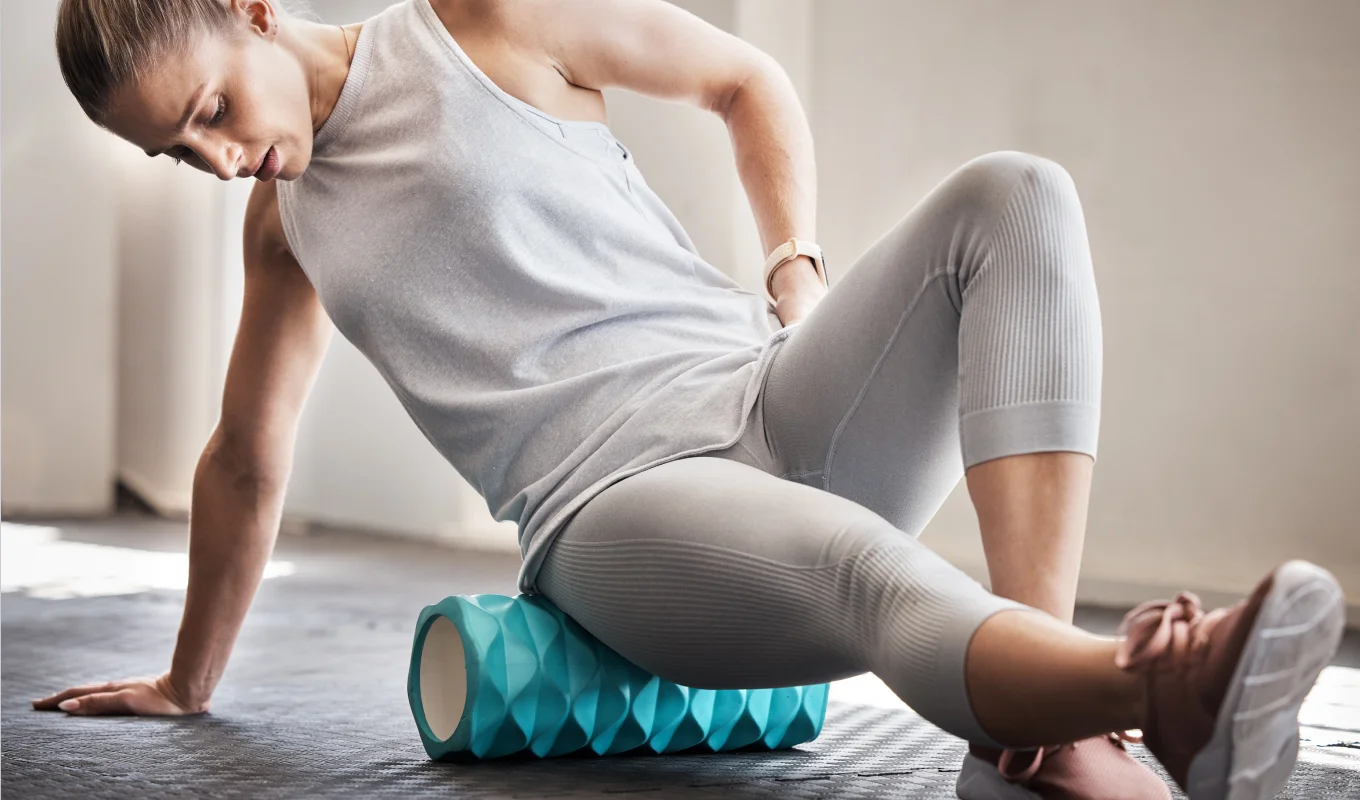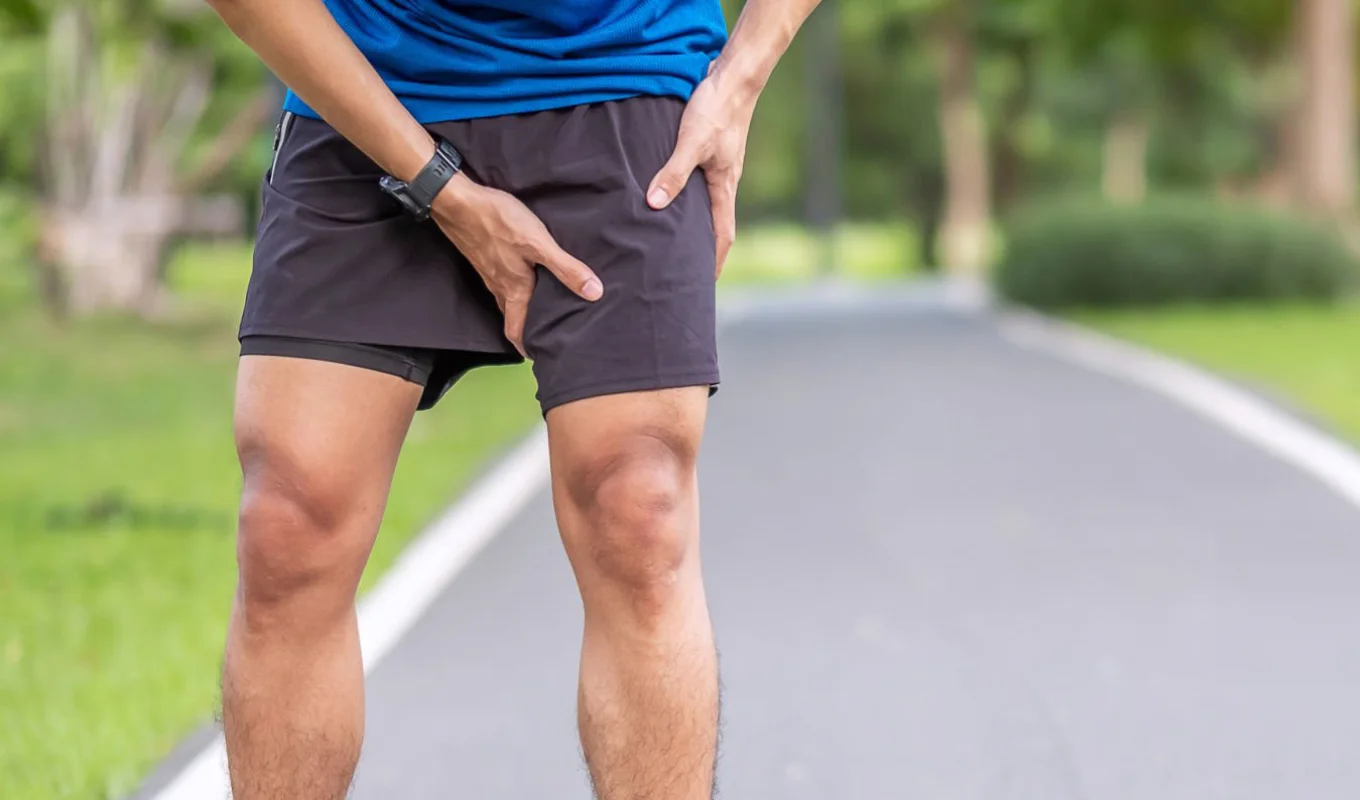It’s becoming more common to see foam rollers used in gyms and fitness centers as a way to help with loosening your muscles and easing pain from a workout. While athletes have long praised the benefits of incorporating foam rollers into their training
regiment, they are beneficial to more than just sports professionals and fitness enthusiasts.
Facts About Foam Rolling
Foam rolling involves applying pressure to specific points on your body using your own body weight. Using a foam roller effectively lessens the tension you might feel in your muscles, eases soreness, and promotes overall muscle health.

- Blood circulation
- Better range of motion
- Reduce inflammation
- Reduced muscle pain
- Maintaining muscle elasticity
- Preventing future injuries
- Stress reduction
- Spine health and posture
Ultimately, it improves blood flow and oxygen delivery to the muscles, facilitating quicker recovery and better performance. Studies have shown that foam rolling has a direct correlation with increased circulation which reduces the chance of injury and helps the body remove metabolic waste products that can accumulate after exercise, further reducing
soreness and stiffness.
How to Use a Foam Roller
Using a foam roller can be awkward at first. It can be painful or uncomfortable during the process, as many workouts are, but similar to stretching, you should not still feel pain after you are done. Foam rollers can be used as a tool to assist in warm
ups or even during a cool down, after your muscles have been exercised, but they should be used correctly to experience the full benefits and prevent injury.
Here are some steps to use a foam roller properly:

Beginners might start with a softer roller, while more experienced users may prefer a firmer one. Textured rollers help you get more precise pressure and a deeper massage, but may not be great as a first choice. The even pressure of a smooth foam roller
helps get your body comfortable with the process.

When your muscles are warmed up, they’re able to respond better to the pressure and manipulation of the foam roller, improving effectiveness and comfort.

Pinpoint the area of discomfort and roll slowly, no more than one inch per second. Spend about 20-30 seconds holding the pressure on any tender spots, then continue rolling.

Breathe deeply and slowly. This helps you relax and ensures your muscles are getting enough oxygen.

Foam rollers should never be used instead of stretching. You should still incorporate static stretches on the muscles you’ve just rolled to enhance flexibility and further reduce tension after using a foam roller.

Your muscles need to stay hydrated, and drinking water during your foam rolling session will help flush out the toxins in your muscles as they work to strengthen and repair themselves.

Physical therapists use foam rollers as a low-impact tool to soothe the aching muscles of their patients and help with recovering from an injury, but they can also provide tailored guidance on how to use foam rollers effectively as part of a comprehensive treatment plan.
Foam Rolling Meets Physical Therapy
Foam rolling helps the body remain strong and healthy every day. It’s even a great way to ease soreness and get your muscles gently working after sitting all day at the office. Just like foam rolling offers a convenient and effective way to manage muscle
health, Luna brings the same level of convenience and effectiveness to your overall health from the comfort of your own home, making it easy to fit into a busy schedule.
Working with a physical therapist ensures that you are using the foam roller correctly and targeting the right muscle groups, and Luna’s home-based approach allows you to receive high-quality care and guidance right where you are.
Contact Luna today to schedule your at-home appointment with a board-certified physical therapist near you and start feeling your best!








